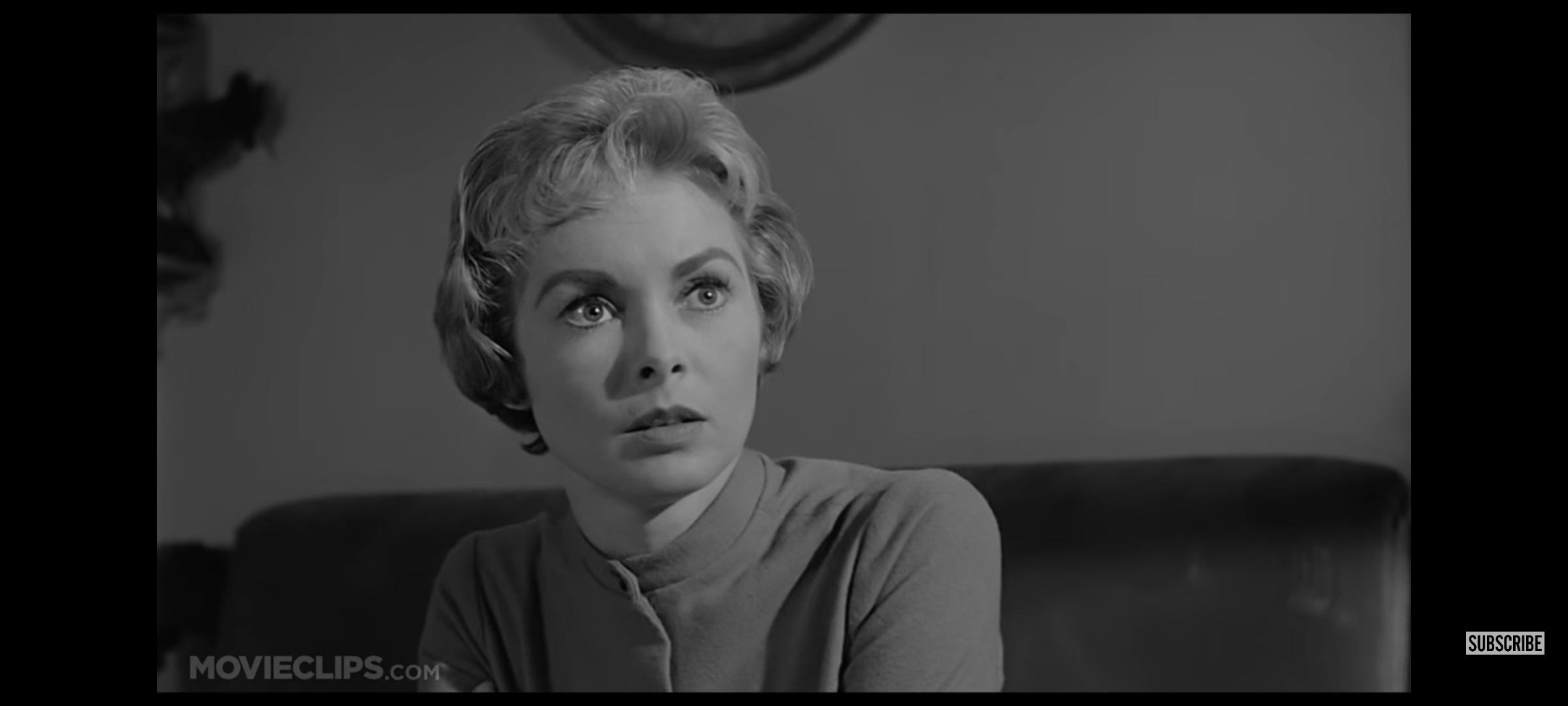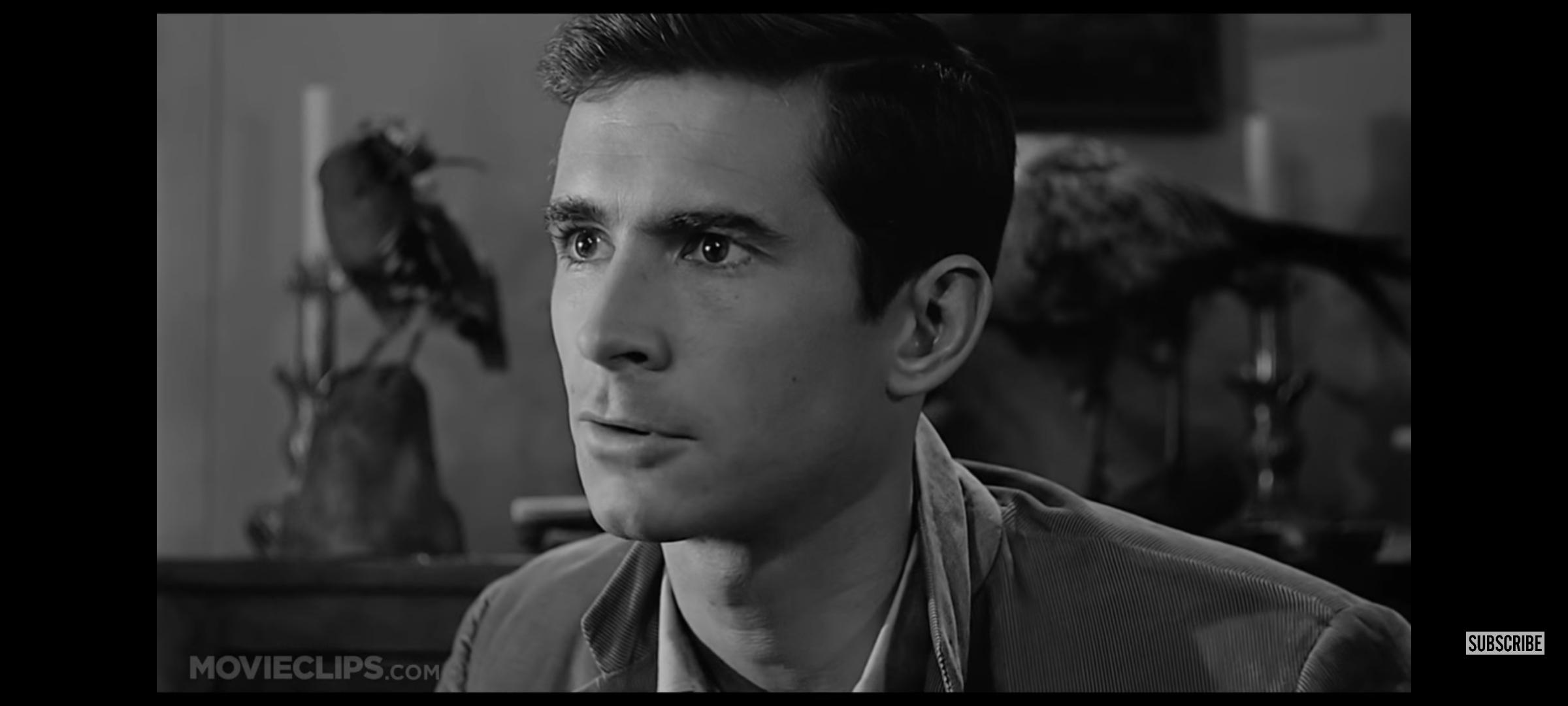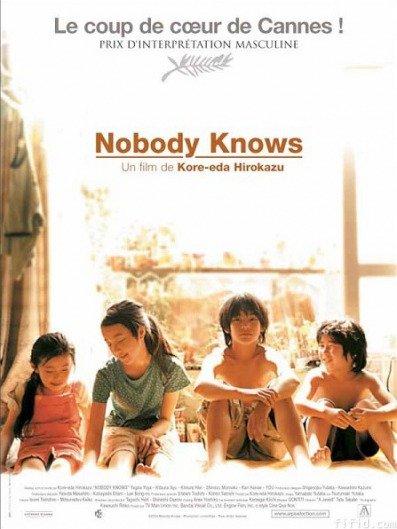-
Search Results
-
Topic: Artemis software use
Dear master Roger and David how much Artemis very useful for cinematographers. I don’t know much about it. What I know it’s digital viewfinder. We can predict weather reports. That’s all I know. Someone told me we could upload the location and scene and players photo. Artemis will do shot construction the scene. Is this true? What are the tremendous features Artemis have.
Hi , Master Roger
Hope you are doing well.
I just recently happened to dig up scenes from the film psycho upon mention of it from an audio book about film.
I had watched the full movie when I was at college and didn’t observe this while first time viewing, completely terrified by the film, but upon re-watch
When I watched one scene it seemed like eye lines are not matching,
Do you think it is a deliberate choice here or a mistake or maybe i might be overthinking here.
By looking at the attached images , could you share your opinion on this.
Also what I noticed is this film had amazing cinematography and thought to myself maybe color is the curse of Modern cinematography just being eye candy rather than the pyschic effect black and white cinematography were able to impart on the audience.
Do you share any similar thought about modern cinematography?
Thank you for your kind attention for us and hope you well 🙏🏻.


Does anyone have recommendations for very low or no budget movies that found ways to create simple yet intriguing cinematography?
Could be anything, clever use of practicals and available light, efficient but powerful ways of shot arrangement or maybe just great intuition overall.
Hello Mr. Deakins and all the Dp’s over the forum! I hope you Mr. Deakins and Mrs. James are well.
I really loved your lighting breakdown for ‘Empire of Light’ on the ‘looking at lighting’ page, since I always love your process I hope to see some BTS pictures of the movie in the future.Regarding ‘EoL’, I would like to ask you, if it is possible, what did you use in the projection booth for this scene (I did the same post a few weeks ago with some frames attached, but I think I committed a mistake attaching those since the post did not pass the moderation process). I think it was a tricky location cause it is so small, with tall visual elements that can cover and block light, with also light-painted walls, and there are quite enough cuts and angles in the scene.
I suppose that the “main” motivation for the light comes from above, from the florescent fixtures, which seem around 4000k, but depending on the angles seems to me that you adjust things to have the “right” shape.
The “practical” fixtures appear not so high from the floor (I suppose around 2.50 mt.) so the falloff should be quite drastic.
When you moved inside the room (the angle behind ‘Stephen’ after passing the doorway of the projection booth) did you adjust the fixtures to have a soft “pool” behind the two projectors? It seems to me that light “washes” a bit more walls in that cut/angle and gives shape to the subject in the shadowed foreground; furthermore seems to me that you raised up the fixtures a bit.Did you used also some Astera tubes on the floor to wrap faces and mimic the shape of the ceiling fixtures in some situations, like when they talk through the projector or when they do the ending part of the dialogue? Or maybe some bounce surface to catch existing light and shape the faces?
Whatever you’ve done, it’s all invisible in a very small location full of surfaces where as soon as you turn something on it starts bouncing everywhere and being visible. And all with superb continuity.
Small locations are my nightmare 😅.I want to thank you first of all for your availability and for your time. I’m sorry if sometimes I’m so specific but I like to impersonate myself as Dp when I look at a scene, and that location with all those cuts would have confused me a bit. I have the big privilege of being able to ask you how you managed the scene and learn from your words.
Last summer, I had a scene with a similar location (smaller still actually) but it had dark walls and fewer angles to “accommodate” and to maintain continuity.
I apologize for my bad English. Thank you again, Mr. Deakins.ps. I attach a link to a youtube piece of the scene, unfortunately, there is not the first part of the scene.
I wish you a peaceful day.
Max.Sir Deakins,
I am reaching out to you because I have developed a practical demonstration of how the filmmakers Kurosawa, Fellini and Antonioni, composed the greatest shots in cinema history, and wish to share this information. By re-introducing these lost concepts, there is opportunity to create significant uplift to the quality of movies, and audience engagement.
Problem:
I have encountered a roadblock that the ASC, DGA, and SOCO, will not consider evaluating (at no-cost) a potential member workshop, from a non-member. I do not work in the film industry.
Fortunately, I had the opportunity to present this online interactive workshop to two ASC members who kindly shared with me that this information provided them with a new:
– Way to see and create
– Precise, articulable image composition language they can use to more effectively collaborate with other members of a productionSolution:
If you looked at this programming through a 10 minute Zoom demonstration and possibly said, ‘motion-picture professionals would benefit from seeing this’, it could help others feel comfortable about evaluating the program. Your endorsement could open the doorway for the industry to benefit from a new way to boost the quality of their product (without additional time or money), thereby, increasing viewership. I do not seek your financial assistance.
If you are open to this, please let me know a date/time that would be convenient for you and I will share out a Zoom meeting invite for that time.
If you have any questions, please feel free to ask.
I look forward to hearing from you.
Thank you,
Paul Fremes
Topic: Thank you! Nice to be back
Thanks to Roger and James for what you do here.
In an age where knowledge has been monetized online, it is quite amazing that one can register for this site, login, and ask questions and learn from Sir Roger Deakins, free of charge. I, for one, am so grateful for this resource.
I have been away working and have not been on the Forums for a long spell. Just wanted to say hello to all.
Nice to be back. I’ve missed this place. And all of you.
Topic: Cove light considerations
Hello, I want to know your thoughts process for what lights you consider for say, a cove light. Like, does the quality of light from the source like from a par or fresnel matter in this? Do you have a system for determining quantity of light fixtures for a setup? Am I overthinking it? Let me know
Hello everyone,
Today’s episode of the podcast features cinematographer Kate McCullough. You likely know her from her work on NORMAL PEOPLE; please feel free to discuss what she has to say below!
CBE, ASC, BSC

